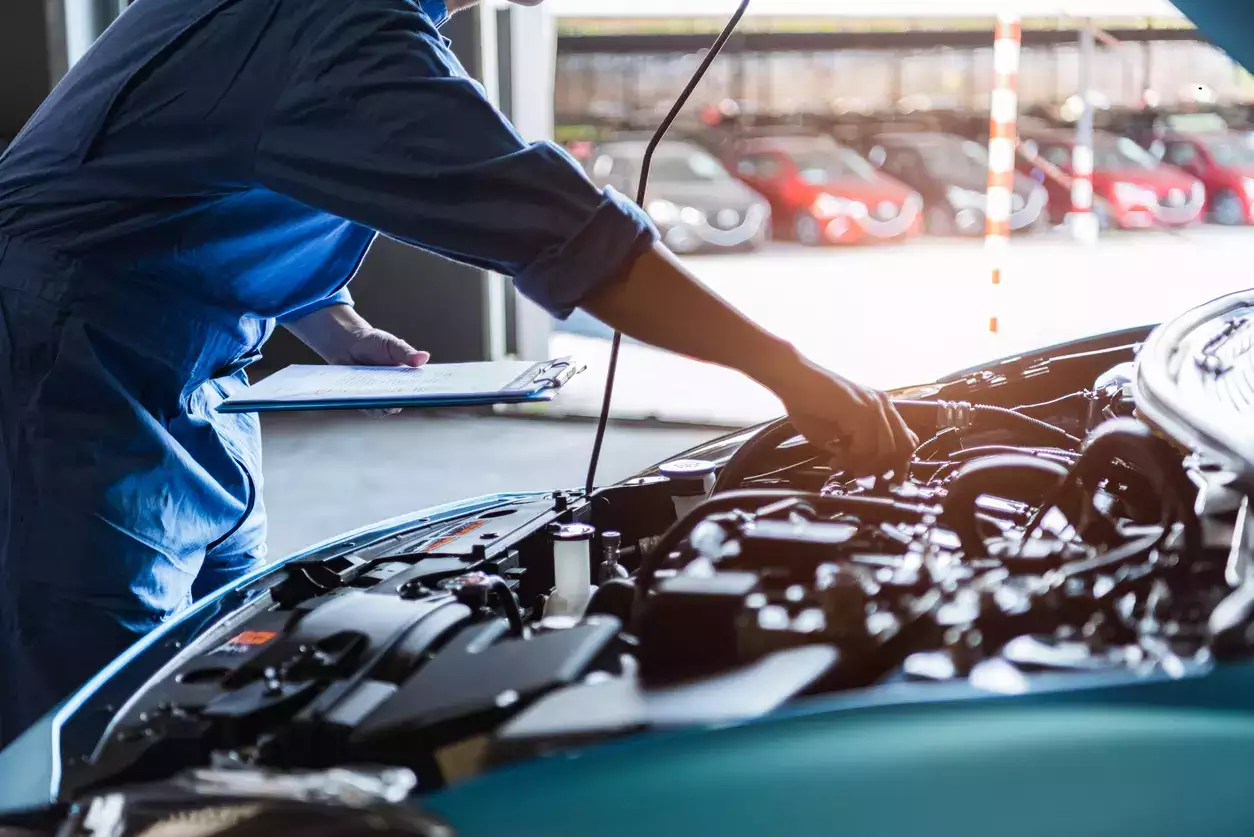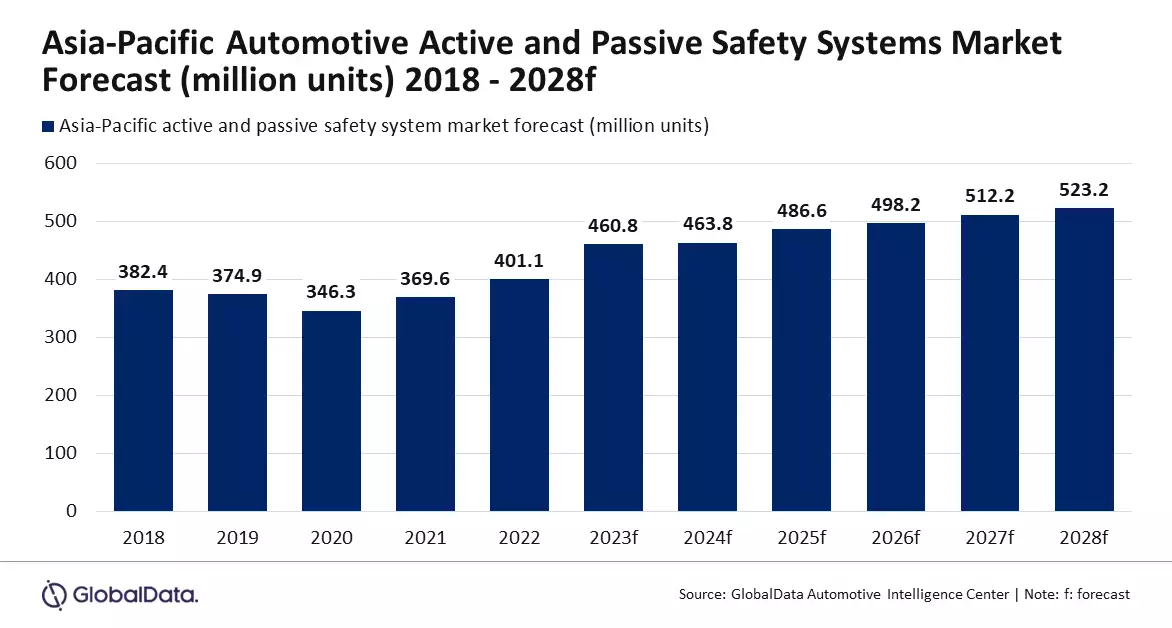
Against this backdrop, the active and passive safety systems market is forecast to post a compound annual growth rate (CAGR) of 2.6% in Asia-Pacific (APAC) during 2023-28, according to GlobalData, a leading data and analytics company.
GlobalData’s latest report, “Global Sector Overview & Forecast: Active and Passive Safety System- March 2024”, reveals that the size of the active and passive safety systems market in APAC was 460.8 million units in 2023 and is forecast to reach 523.2 million units by 2028.
Madhuchhanda Palit, Automotive Analyst at GlobalData, said, “In the current automotive market, consumers are increasingly concerned about safety and are searching for ways to compare the safety features offered in different vehicles. One such method is to review the New Car Assessment Programs (NCAP) safety rating of a vehicle, which is based on its crashworthiness and the ability of its occupants to survive a crash, considering various parameters. This rating system creates incentives for manufacturers to prioritize safety features in their vehicles, thereby boosting the active and safety systems market’s volume.
“In 2020, Euro NCAP, Korean NCAP, and China NCAP introduced far-side crash evaluations to their rating schemes, indicating a growing emphasis on comprehensive safety assessments. Moreover, government regulations play a vital role in the sector's growth. For instance, the EU's updated General Safety Regulations, implemented in 2022, have mandated the inclusion of several advanced safety features in vehicles, with a specific focus on protecting vulnerable road users.”

Another major driving force behind the safety systems market’s growth is technological advancements. Key players in the sector are focused on improving the effectiveness of both active and passive safety systems. For instance, ZF has developed a new technology for the implementation of centre or far-side airbags in small and compact cars, making the technology available to a wider range of customer base.
“In addition, as autonomous vehicles become more popular, the rules and regulations regarding their safety might change. This means that safety standards could evolve to become more specific to autonomous vehicles. For instance, there might be a requirement for a certain number or type of airbags in these vehicles. The regulations could also consider the redundancy and fail-safe mechanisms of autonomous systems, further driving the volume and technological advancements in the active and passive safety systems market,” Palit concluded
Disclaimer: The copyright of this article belongs to the original author. Reposting this article is solely for the purpose of information dissemination and does not constitute any investment advice. If there is any infringement, please contact us immediately. We will make corrections or deletions as necessary. Thank you.





